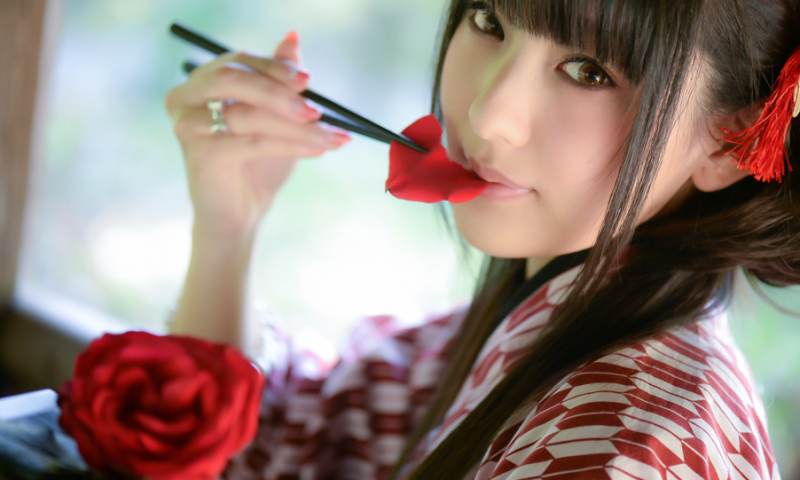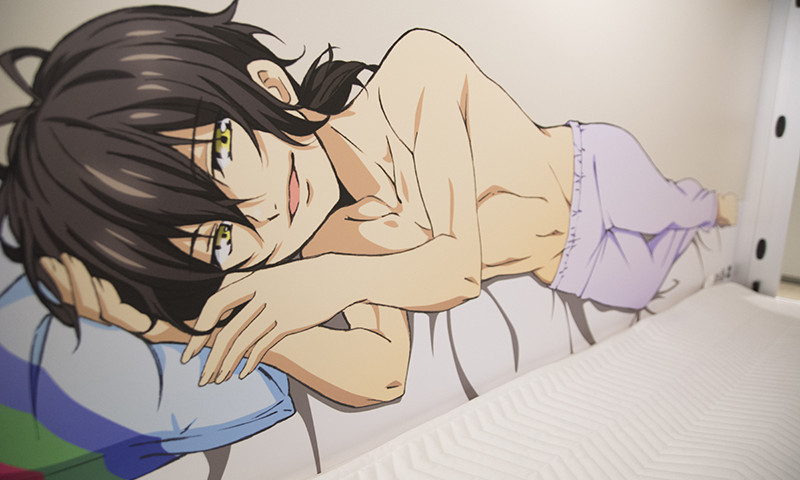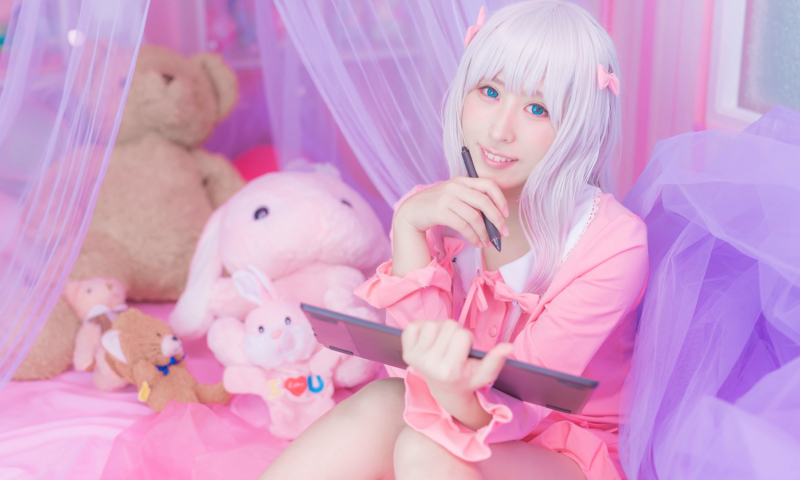
AKihabara Girls Vol.2 Cosplayer/Free-Lance Model, Photo Studio Staff in Akihabara Fuuuka
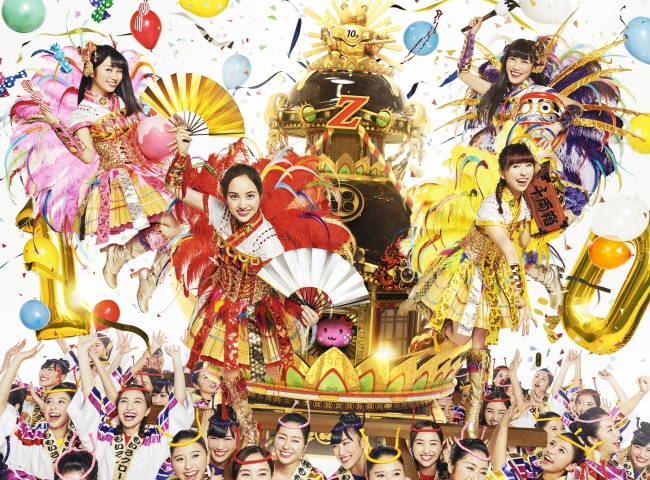
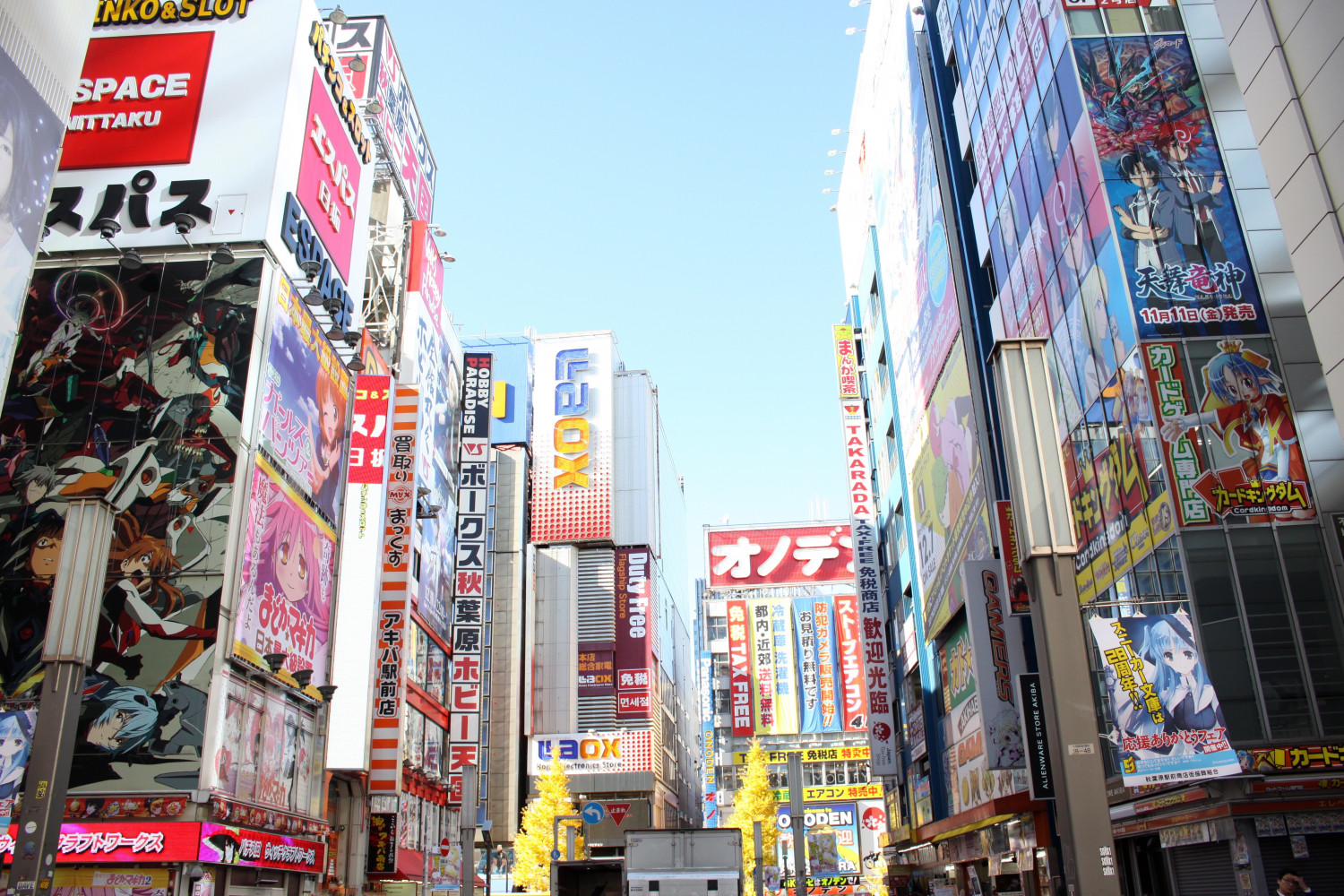
Sponsored Links
There are unspoken rules in Akihabara. However, if someone were to break them, no one would come up to them to say anything. Instead, that someone would just be regarded as an “outsider” who doesn’t understand Akihabara culture. So you could say it isn’t anything to be too worried about. Besides, regardless of whether or not you’re aware of these unspoken rules, only a handful of people seem to infringe on them.
秋葉原には暗黙のルールが存在する。が、別にそのルールを破ったところで誰に咎められるわけではない。秋葉原の文化を理解していない「よそ者」として扱われるだけである。だからといっても必要以上に怯える必要はない。自覚の有無に関わらずその不文律を侵しているのはほんの一握りの人数しかいないのだから。
Akihabara plays a vital role as a kind of virtual reality. (See this article for more details.) By rejecting our normal lives and the real world and creating a new version of ourselves in Akihabara, we’ve constructed a special kind of virtual reality zone there. While online games are considered two-dimensional, you could say Akihabara is 2.5-dimensional- a place where reality and fiction intersect.
秋葉原は仮想現実としての役割を果たしている(詳細はこの記事に詳しい)。私たちが普段生活している現実世界を否定し、秋葉原でのまったく新しい自己を獲得することにより、仮想現実という特殊な環境が築き上げられている。ネットゲームの世界が2次元なのに対し、秋葉原は現実と虚構が交錯する2.5次元とでも言うのだろうか。

Photo by ykmk
One of the things Akihabara locals hate most is being brought back into the real world. This doesn’t mean being physically pulled away from Akihabara, but to be reminded of reality while they’re in virtual reality there. Sometimes I see people asking residents of Akihabara their real names and ages. Usually this isn’t a big deal, but it pains me to see locals who have gotten used to hearing questions like these. You see, one of the area’s unspoken rules is not bringing reality into the virtual reality we call Akihabara.
そんな秋葉原の住人たちにとって最も嫌なことのひとつが現実世界に連れ戻されることだ。とはいっても物理的に秋葉原から引っ張り出されることではない。それは仮想現実において現実を意識してしまうことである。秋葉原の住人に本名や年齢を執拗に尋ねている人々を目にすることがある。軽くあしらわれるのが常だが、それに慣れてしまった住人たちを見るのも心苦しい。そう、秋葉原の暗黙のルールとは、秋葉原という仮想現実に現実を持ち込まないというものである。
For the majority of locals and those that make-up the moe industry, which includes maid cafes and idols, the age 17 has a special meaning. When strangers ask for someone’s age here, it’s not uncommon to hear locals respond by saying, “Seventeen.” In this case, the number 17 doesn’t refer to the real age. Rather, this number can extend far beyond that. So what exactly do people mean when they say they’re 17? I’d like to take some time to dig a little deeper into this prevalent “17-year-old disease”.
秋葉原の住人の中でも大多数を占めるメイドカフェやアイドルなどの萌え産業に携わる人々にとって「17歳」という年齢は特別な意味を持つ。よそ者に不意に年齢を尋ねられ、彼女たちが17歳と答えることは珍しくない。ここでの17歳は生まれてから17年目という意味ではない。むしろ17年をはるかに超えていることすらある。では17歳というのは彼女たちにとってどういった意味があるのだろうか。ここでは秋葉原に蔓延する”17歳病”について深く掘り下げてみたい。
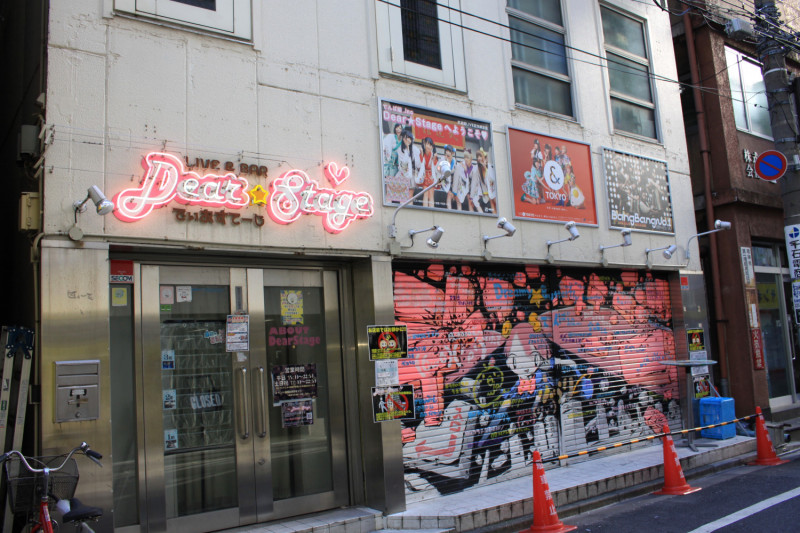
Dear Stage where Dempagumi.inc and Moso Calibration grew up is on a back street of the main street in Akihabara / Photo by ykmk
There’s a voice actress named Kikuko Inoue. You might know her as the voice behind Belldandy from the anime Oh! My Goddess/Ah! My Goddess. Born on September 25, 1964, she’s prominent 17-year-old. Before you tell me that my math is off, hear me out first. There’s a running joke where she always introduces herself by saying, “I’m Kikuko Inoue, and I’m 17 years old,” and someone will then respond, “Hey! Hey now!” Then, taking their cues from her, voice actresses who were eternally 17 years old began appearing one after another, like Yui Horie. From there, the “17-year-old belief”, or the belief that one is eternally 17 years old, was born. This term was even included in 2008 release of The Yearbook of The Contemporary Society published by the Free Citizens Company (Jiyuukokuminsha).
井上喜久子という声優がいる。「ああっ女神さまっ」のベルダンディー役といったらわかりやすいだろうか。彼女は1964年9月25日生まれの立派な「17歳」である。私の計算が間違っている訳ではないと先に断言しておく。彼女が「井上喜久子、17歳です。」と自己紹介し、「おいおい」とツッコミを入れられるまでが定番の流れとなっている。そんな彼女に影響され、堀江由衣など永遠の17歳を自称する声優たちが続々と現れた。そして「17歳教」という自分が永遠に17歳であるということを信仰する宗教が誕生するまでに至る。自由国民社から発行されている「現代用語の基礎知識2008」に17歳教という単語が記載されているほどである。
By why do these women insist that they are 17 years old?
ではなぜ彼女たちは17歳と言い張るのか。
Perhaps one simple explanation is that it’s a nod of respect toward Kikuko Inoue. Inoue is one of the country’s leading voice actresses, and has earned a tremendous following from her well-loved characters. Therefore, it doesn’t seem strange for someone to set their hypothetical age to 17 out of respect. However, it’s just as likely that this “17-year-old belief” has already left Inoue’s hands, and has rooted itself as a unique part of Akihabara culture.
単純な理由としては井上喜久子へのリスペクトが考えられる。彼女は一流の声優であり、その愛くるしいキャラクターからファンから絶大な人気を博している。彼女へのリスペクトから自分の架空の年齢を17歳と設定するのに何も不思議はない。もしくは17歳教はすでに井上喜久子の手を離れ、独自の文化として秋葉原に根付いている可能性もある。
When you line it up with the Japanese education system, the age of 17 is equivalent to the second or third year of high school (grade 11 or 12). It’s a period where you’re neither a child nor an adult. It’s also the only time that you really get to think deeply about your future. It probably wouldn’t be an exaggeration to say that it’s a kind of prep period for your future life.
日本の教育制度に当てはめると、基本的に17歳とは高校2年生から3年生に相当する。大人でもなければ、子どもでもないという中途半端な時期である。だからこそ、自分の将来について深く考えることができる人生で唯一無二な時間でもある。いわば今後の人生への準備期間と言っても過言ではないだろう。
While Akihabara locals may feel at home in virtual reality, they know that someday there will come a time when they leave it. While Akihabara may be a place of virtual reality, it’s only a temporary place of refuge. I wonder if the age of 17 doesn’t then refer to this preparation period before returning to the reality of society. Even while they enjoy being in virtual reality, Akihabara locals are preparing for the day when they return from it. When that time comes, they’ll quietly log out of Akihabara.
秋葉原の住人たちはこの仮想現実に居心地の良さを感じながらも、いつかこの街を去る日が来るのを知っている。秋葉原はあくまでも仮想現実であり、一時的な避難所に過ぎない。いつか社会という現実に復帰するための準備期間こそが17歳なのではないだろうか。秋葉原の住人たちは仮想現実を楽しみつつも、社会に復帰する日のために準備をしているのだ。そして秋葉原からひっそりとログアウトするのである。
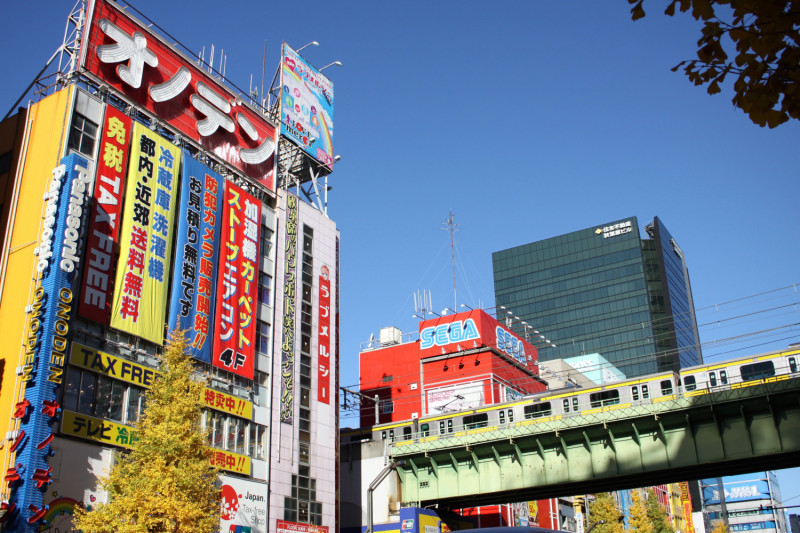
Photo by ykmk
Yet a huge trap also exists. This is the reason I’ve referred to it as the “17-year-old disease”. Most locals break free from Akihabara, and generally go on to find their own happiness. However, some will come to live permanently in this virtual reality called Akihabara. Despite setting their own age, they are in fact steadily growing older with each passing year. It’s easy to imagine how people like this, who haven’t matured mentally past the age of 17, will be seen by ordinary people when they suddenly return to the real world.
しかし、ここには大きな落とし穴がある。17歳「病」という表現をしたのはそのためである。大半の住人は秋葉原から脱出し、現実世界で普遍的な幸せを獲得する。だが、少数は秋葉原という仮想現実に永住してしまうのである。設定としての年齢はあるものの、実際は毎年着実に歳を重ねていく。秋葉原で精神的に17歳のまま全く成長してこなかった人間が、ふと現実世界へと戻った時に一般人にどのように見られるかは想像するに容易い。
The age of 17 in Akihabara is surely a saving grace for those who are oppressed in the real world. But just the same, it can also be an easy trap to fall into. While the age of 17 is part of the spirit of the virtual holy land Akihabara, it also takes the form of the “17-year-old disease” running rampant throughout it.
秋葉原の17歳は確かに現実世界で虐げられている人々にとって、大きな救いになり得る。ただ、それと同じく人々が陥りやすい罠にでもなりえるのである。これこそが仮想現実としての聖地・秋葉原の「17歳」の本質であり、秋葉原に蔓延する17歳病の正体なのである。
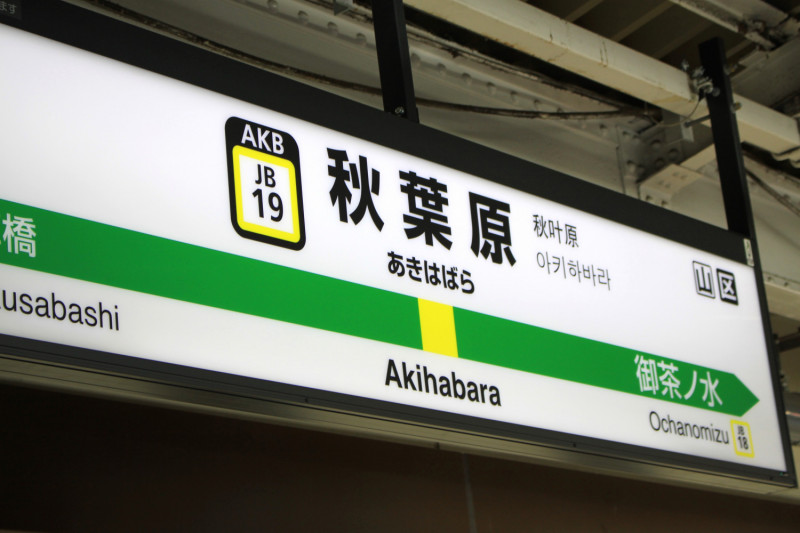
Photo by ykmk
Translation by Jamie.K
Sponsored Links

Ai Shinozaki Releases the Worlds First Social Media Cross Over MV for her New Single “TRUE LOVE”

Risa Satosaki Reveals Everything in the MV for “S!NG”!


